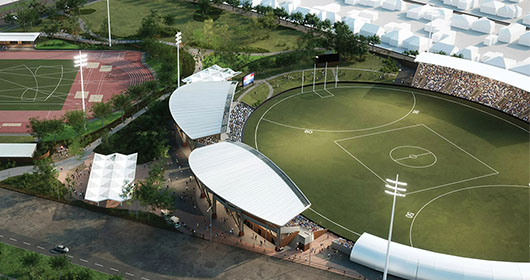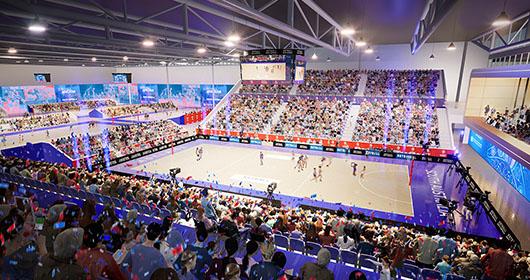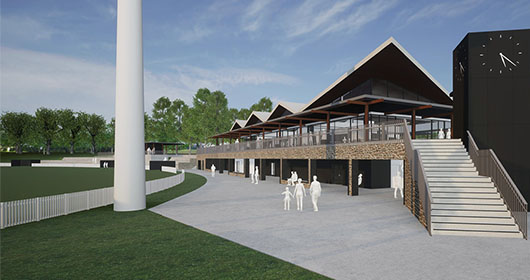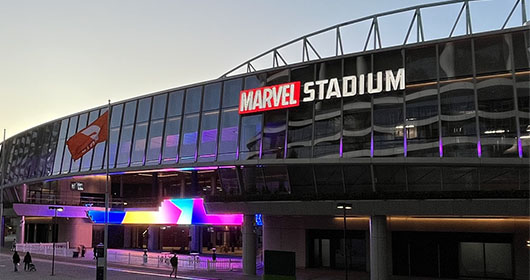Surface tension ends at Telstra Dome
The AFL is confident the controversial Telstra Dome has forever thrown off its "Death Valley" reputation, and says the ground surface is better than at any time since the stadium opened in 2000.
A surface continually slammed by players and coaches for slippery turf and thin grass coverage has this year not only looked lush but given players vastly better footing.
The stadium will soon institute a turf replacement program that will see it lay almost 6000sq m of grass by the end of August to ensure the surface maintains its quality.
AFL ground operations manager Jill Lindsay, a member of Telstra Dome's turf advisory board, said ground inspections had showed the turf was holding up as well as it had in its eight years. "We are very happy with the presentation of Telstra Dome this year. They have done it terrifically well and we are very pleased with it," Lindsay said. "The curators has been fantastic in the way they have replaced turf this year and provided a playing surface everyone is happy with."
A fact-finding mission in March by stadium boss Ian Collins and Telstra Dome's head curator also investigated the use of artificial lights at the ground, with several proposals being considered. Collins visited 11 stadiums in Germany, Denmark, the Netherlands and England to assess the quality of the PAR lighting concept, which uses photosynthetic active radiation to stimulate grass growth. Artificial lighting rigs would potentially represent huge savings for Telstra Dome, which spends vast sums buying grass from turf suppliers HG Turf and Evergreen.
While the MCG's surface has been sandy at times because of problems associated with the shade provided by the new Northern Stand, Telstra Dome believes its surface is not only better than in past years, but softer.
Some of the grass at the stadium's southern end has been down for almost three years, which means the artificial membrane backing the turf has softened and gives players added cushioning. While Telstra Dome's surface has been so hard some players say it causes soft tissue injuries, it is the backing membranes, 5cm below the surface, which mean there is less give underfoot.
Lindsay said the most challenging period for Telstra Dome was still to come, in the shape of 24 of the ground's 46 clashes for the year. "The test for every ground now is in July and August, because it's the coldest months of the year and its when you get the least amount of sunlight," she said. "On that basis, turf doesn't survive as long as it should. You are in a cold climate with an enclosed field and a roof."
AFL tenants St Kilda and the Kangaroos this week both said players had commented on the improved nature of the surface at Telstra Dome, while Carlton defender Bret Thornton said recently it was much drier underfoot and caused less slippage.




